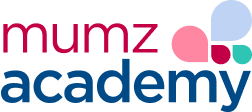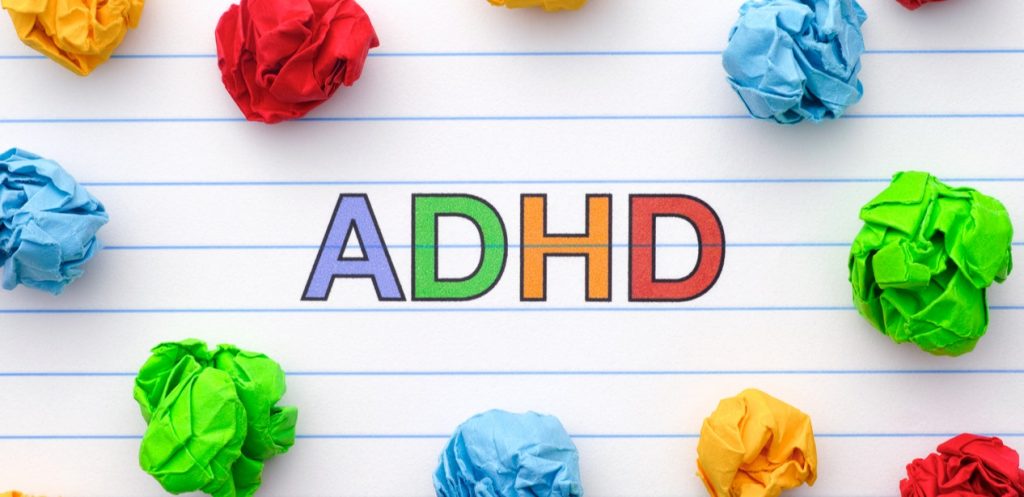ADHD is one of the most common disorders that both children and adults might face. Dr. Paul Gelston, a child and adult psychologist, guided us through a live video session to fully understand ADHD, its signs, diagnosis, and what comes after.
What is ADHD?
Attention Deficit Disorder is a condition where children are unable to pay attention. They also can be hyperactive and impulsive. This condition is highly related to the growth and development of the brain or the central nervous system.
And what is it NOT?
There are many misconceptions regarding ADHD. One of these misconceptions is that many parents tend to believe that it is related to their parenting methods, but Dr. Gelston assures us that it is not.
The following list contains several other misconceptions about ADHD:
1-Oppositional behaviour
2-Poor understanding and laziness
3-Bad behaviour
4-Mental illness
5-Learning disabilities
So keep in mind that if a child shows any of the above, it is not necessarily ADHD.
What are the signs and symptoms?
As mentioned before, inattention, hyperactivity / impulsivity are signs of ADHD.
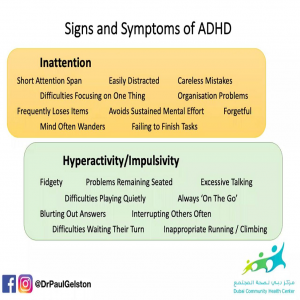
These symptoms are usually identified in classrooms as children’s ability to be quiet, do tasks, concentrate, and wait for their turn is tested. They also vary across individuals and contexts.
The subtypes of ADHD
Predominantly Hyperactive-Impulsive Type, Predominantly Inattentive type, and the Combined Type which is a mixture between the two, and is the most common.
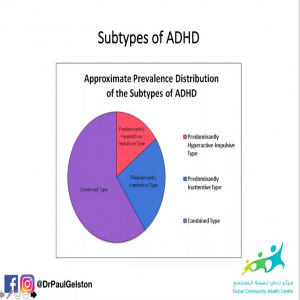
How is ADHD diagnosed?
First we should know that not all ADHD cases are the same. Some children do not show all symptoms, while others might show more.
This varies depending on the surrounding environments. Some children with ADHD show better results of paying attention in clinics rather than classrooms. Therefore, a thorough assessment is important accompanied by background information and observations in several fields (academic, intellectual, emotional, and behavioural) so it would be as accurate as possible.
These assessments are based on a Multi-Disciplinary and Multi-Setting Psycho-Educational framework, which does not require any blood tests or brain scans. These assessments include the following:
1-Interviews with parents
2-Individual testing with the child
3-School liaison
4-Collecting observations from teachers and parents through questionnaires
5-Studying the child’s test scoring and interpretation, and reporting it to move forward
6-Arranging feedback sessions
7-Regular consultation with teachers
Diagnosis can be conducted by:
-School counselors
-Psychiatrists
-Psychologists
-Pediatricians
-Nurses
-Neurologists
-Social workers
Several professionals contribute to the diagnosis in order to identify the child’s strengths and difficulties, create a detailed profile on the child, and establish support guidelines for both inside and outside of school.
How to support a child with ADHD?
Dr. Gelston suggests the following to help supporting a child diagnosed with ADHD:
1| Reduce Distractibility
-Remove non-essential items from the child’s work area
-Minimize exposure to distractions like TVs or any other source of distraction
-Give clear, specific and direct instructions like “Please sit in the chair with your feet on the floor and have your book on the desk”
-Engage with the child through giving them tasks that involve movement and active participation, like collecting items.
-Help them utilize their energy resources through giving them movement and distraction breaks where they can stretch or simply close their eyes and relax for a couple of minutes.
2| Improve Attention
-Teach children what attention means, and how it looks like. Let them know they’re own strengths and difficulties in order to raise their awareness and focus.
-Divide large tasks into small steps.
-Set reminders through using post-it notes, or making lists
3| Manage Overactivity / Impulsivity
-Remain calm, as your child will imitate you and be encouraged to remain calm as well.
-Find fidget alternatives, like stress balls or spinners, to help them release small amounts of energy to foster attention for longer periods of time
-Criticism must be addressed to the behavior, not the child. For example, use phrases like “your talkativeness is disruptive” rather than “you are disruptive”. This would have a huge impact on your child’s self-esteem
-If your child suddenly wants to discuss a topic or tell a story in the middle of a task, instruct him to write it on a piece of paper and put it aside, or in a “story box”, and get back to it once the task is done.
-Watch and plan their diets and snacking habits.
-Offer alternative seating like desks with small compartments where things can be put away, desks with foot swings, stand up desks, seat cushions, or floor seating.
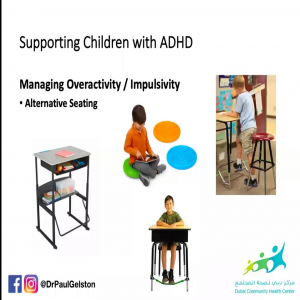
How can school help children with ADHD?
School can help identify ADHD. It can also encourage and help parents to seek diagnosis. Schools play a huge role in this through:
-Psycho-Educational assessments
-Preparing accommodations
-Using Individualized Education Plans (IEPs)
-Have regular review meetings
-Plan classroom interventions

Coordinating with your child’s school to help with the symptoms is very beneficial as well as relieving.
ADHD is quite a challenge for children, that is why we should understand what they’re going through and maybe try to see and experience what they do. Whether it’s hyperactivity, impulsivity, or lack of concentration, we should try to see things through their eyes and simply help them through.
Remember, if you have any concerns about your child, contact a professional and consider the next step.
More relevant articles Is your child’s mental health well cared for?

